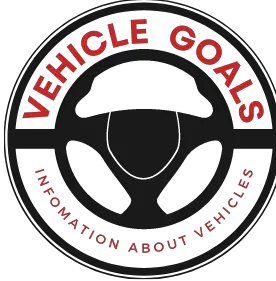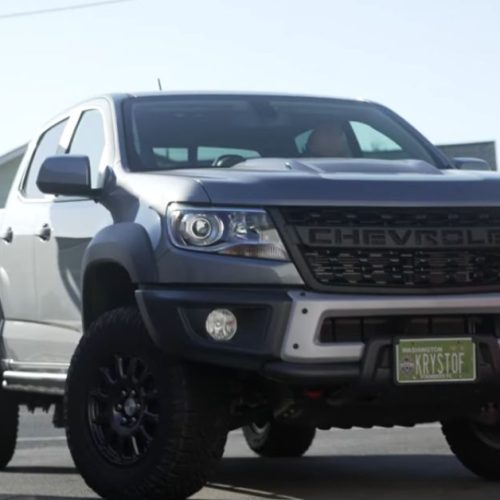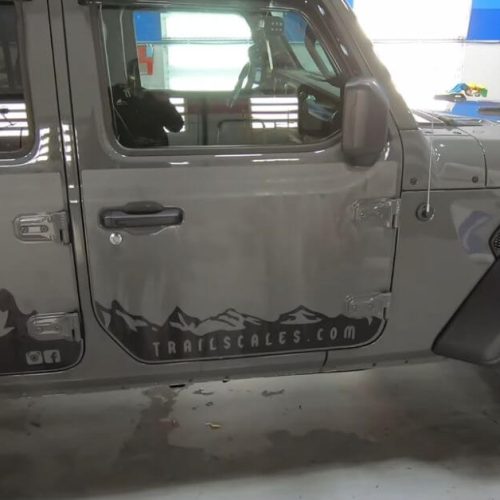Deer run in front of cars due to their natural instincts and the combination of factors such as fear, habitat destruction, and increased urban development encroaching on their territories. These factors can cause deer to be startled and attempt to flee, leading them to cross roads and potentially run in front of oncoming vehicles.
It is important for drivers to be vigilant, especially during peak deer activity times such as dawn and dusk, and to follow posted speed limits and be prepared for deer to appear unexpectedly on the road. Understanding why deer run in front of cars can help raise awareness and prevent accidents involving these animals.
Understanding Deer Behavior
Deer behavior and instincts play a significant role in their reactivity to sudden movements and loud noises, which is often observed when they run in front of cars. These animals have heightened senses and are naturally alert to potential threats in their surroundings. When they sense danger or perceive a sudden movement, their instinctive response is to flee, often resulting in them darting in front of oncoming vehicles.
Deer have a well-developed sense of hearing and can detect even the slightest sounds. Loud noises, such as car horns or engine revving, can startle them and trigger their flight response. Additionally, their eyes are adapted to detect motion quickly, allowing them to respond promptly to potential threats.
This reactive behavior is further intensified during certain periods, such as mating season or when deer are migrating. During these times, their heightened hormones and increased movement make them more prone to running in front of cars.
It is crucial for drivers to be aware of these natural behaviors and take precautions while driving, especially in areas known for deer populations. Being alert, reducing speed, and using caution near areas with deer warnings can help minimize the risk of collisions and protect both humans and wildlife.
Seasonal Influences On Deer Movement
|
Seasonal influences play a significant role in the movement patterns of deer, particularly during the breeding season. This period, known as the rut, usually occurs in the fall, and it causes a surge in deer activity. During this time, bucks become more aggressive and territorial as they seek out mates, leading to increased movement and sometimes erratic behavior. The heightened activity of deer during the rut can put them at a higher risk of colliding with cars. Another factor that influences deer movement is migration patterns and changes in habitat. Deer often move to different areas in search of better food sources or to escape harsh weather conditions. These shifts in migration can lead deer to unfamiliar territory, increasing the likelihood of encountering roads and vehicles. |
Factors Affecting Deer-Vehicle Collisions
Deer-vehicle collisions are a common occurrence on roadways, and understanding the factors that contribute to these incidents is crucial. One significant factor is the time of day and visibility conditions. Deer are most active during dawn and dusk when visibility is often low due to the sun’s angle and glare. This makes it difficult for drivers to spot deer until they are already on the road.
Another important factor is the speed of the vehicle and reaction time. Higher vehicle speeds reduce the driver’s ability to react quickly to a deer running onto the road. The faster the vehicle is moving, the less time the driver has to take evasive action and avoid a collision.
Being aware of these factors can help drivers anticipate and prevent deer-vehicle collisions. Adapting driving behavior during times of high deer activity, such as reducing speed and remaining vigilant, can go a long way in minimizing the risk of accidents.
Impact Of Human Activities On Deer Behavior
Urbanization and Encroachment on Natural Habitats
One of the main reasons for deer running in front of cars is the impact of urbanization and encroachment on their natural habitats. As human populations expand and cities grow, natural areas are often cleared, leading to a loss of habitat for wildlife, including deer. This loss of suitable living environments pushes deer closer to urban areas and disrupts their natural behavior.
Road Networks and Increased Interaction with Cars
The development of road networks also plays a significant role in deer-car collisions. As roads are built through deer habitats, the increased proximity and interaction between cars and deer result in a higher likelihood of accidents. Deer may become startled by the presence of vehicles, leading them to run across roads without proper caution.
| Causes of Deer Running in Front of Cars: |
|---|
| Urbanization and encroachment on natural habitats |
| Road networks and increased interaction with cars |
These human-induced factors significantly contribute to the alarming number of deer running in front of cars. It is essential to consider the impact of our actions on wildlife populations and take measures to mitigate the risks for both humans and animals.
Psychological Factors Driving Deer Behavior
In the world of deer behavior, psychological factors play a crucial role in their tendency to run in front of cars. One key driving factor is the fear response and survival instincts that are deeply ingrained in these animals. When they perceive a threat, such as an approaching vehicle, their natural instinct is to flee in order to ensure their own safety.
Another influential aspect is the herd dynamics and hierarchy within deer populations. Deer often travel in groups, and the behavior of one individual can impact the entire herd. If a dominant deer decides to run across the road, other members of the group may instinctively follow suit, even if they cannot fully comprehend the potential dangers.
Understanding these psychological factors can shed light on why deer tend to run in front of cars. By recognizing the inherent fear response and the influence of herd dynamics, we can increase our awareness and better anticipate deer behavior on the roads.
Strategies To Reduce Deer-Vehicle Collisions
Deer-vehicle collisions are a common occurrence, prompting the need for strategies to reduce such incidents. One effective measure is the implementation of warning signs, placed in areas where deer crossings are frequent. These signs alert drivers to the potential presence of deer and encourage them to exercise caution. Additionally, the establishment of wildlife crossings can significantly mitigate the risk of collisions. These dedicated paths or bridges assist animals in safely crossing busy roads, away from the path of vehicles. To further minimize risks, speed reduction measures are crucial. Slowing down vehicles in areas prone to deer activity provides drivers with additional reaction time. Moreover, drivers should exercise increased vigilance, especially during dawn, dusk, and nighttime, when deer are more active.
Impact On Drivers And Wildlife Conservation Efforts
Deer running in front of cars can have significant consequences, both for drivers and wildlife conservation efforts. The collisions may result in insurance claims and considerable vehicle damage. In addition to the financial burden on drivers, these accidents can cause injuries and even fatalities. It is crucial for drivers to remain cautious and attentive, especially in areas known for high deer activity.
Moreover, such incidents underscore the importance of conservation initiatives and habitat preservation. As urbanization continues to encroach upon natural habitats, deer populations often face habitat loss and fragmentation. This disruption can lead to increased deer movement and crossings across roads, leading to heightened risks for drivers.
To mitigate these issues, wildlife conservation efforts strive to protect and restore deer habitats while promoting awareness among the public. These initiatives aim to create safe passages and implement warning systems to reduce potential collisions. By investing in conservation and preserving natural habitats, we can work towards preventing deer-related accidents and ensuring their survival for future generations.
Frequently Asked Questions Of Why Do Deer Run In Front Of Cars
How Do I Keep Deer From Running In Front Of My Car?
To prevent deer from running in front of your car: 1. Stay alert and watch for deer while driving. 2. Reduce your speed, especially in areas with deer warning signs. 3. Use high-beam headlights at night to increase visibility. 4.
Avoid swerving if a deer appears; brake firmly instead. 5. Install deer repellents or reflectors on your vehicle.
Why Do Deers Stay Still In Front Of Cars?
Deers may freeze in front of cars due to a natural instinct. They perceive the vehicle as a threat and try to blend in with their surroundings to avoid detection. Stay alert while driving to prevent accidents.
Why Are Deer Not Afraid Of Cars?
Deer may not fear cars due to lack of natural predators and human encounters. Additionally, constant exposure to vehicles could reduce their fear response.
Why Do Deer Run Around?
Deer run around because they are wary of their surroundings and need to escape from potential threats.
Why Do Deer Run In Front Of Cars?
Deer runs in front of cars as a natural instinct for self-preservation. They perceive vehicles as threats and react instinctively to flee.
Conclusion
Understanding why deer run in front of cars is essential for both drivers and wildlife conservation efforts. Factors such as mating season, feeding habits, and increasing urbanization contribute to this dangerous behavior. By being aware of these reasons, drivers can be more cautious and take measures to prevent collisions.
Additionally, wildlife management strategies should be implemented to minimize the risk of accidents and protect the well-being of deer populations.






